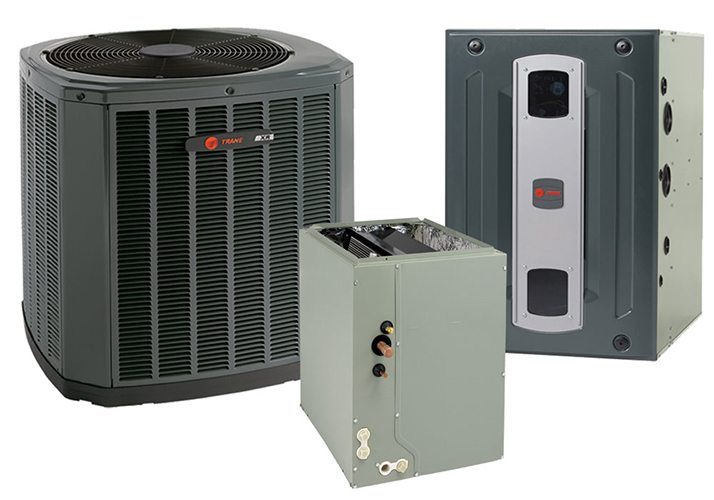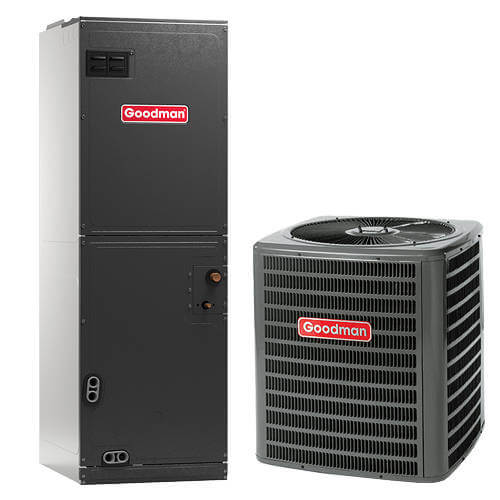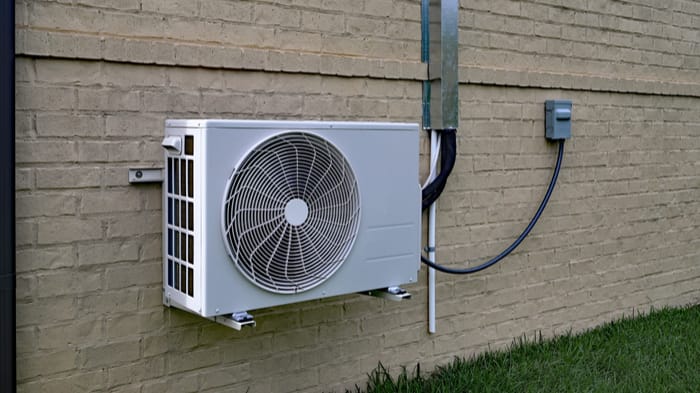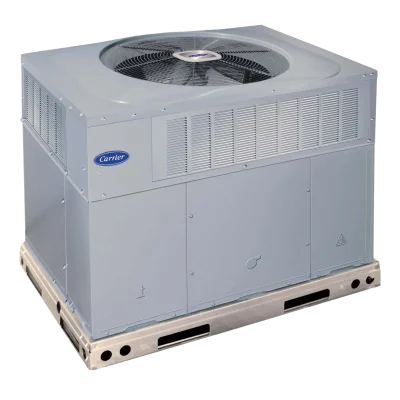Introduction Long span roofs are also referred to as roofs that exceed a 12 m span. Long span roofs can

The type of Heating, Ventilation, and Air Conditioning (HVAC) system you select for your home is a critical decision to take. An HVAC system accounts for almost 48% of a modern home’s energy consumption according to a study by the US DOE.
Not only does your HVAC system control your indoor climate, but it is also a significant financial investment for the foreseeable future. Ergo, having a system that is energy efficient is a fundamental factor to consider.
We at InnoDez want to give you a comprehensive picture of the HVAC design, installation, and usage process. Hence here we have given you a breakdown of the four crucial types of HVAC systems.
The types of HVAC systems can be broken down into the following broad categories. Here’s a simple & easy rundown about the four different types of HVAC systems available:
One of the most commonly available types of HVAC systems is the Heating and Air Conditioning Split System. As the name suggests, the system is a split between two primary units.
One unit is for cooling, the other one is for heating. These types of systems are noteworthy because they mix both indoor & outdoor units. These HVAC systems have a cooling unit, placed outside, they use compressors, refrigerants, and coils to cool air, and a fan to blow out hot air.

This type of system also has a heater, generally situated in the basement, which utilizes gas to warm up the house. This heat is spread by either a fan or an evaporator. This type of Heating, Ventilation, and Air Conditioning (HVAC) system design is generally preferred in cities like California.
On top of all this, these systems use an easy-to-use traditional thermostat for control and come packaged with air purifiers & humidifiers. These systems are also inherently more energy efficient. Making them the system that is best for any suburban home looking to gain greater control over their indoor climate.
Hybrid systems are very similar to split systems, with a few critical differences. These HVAC systems are on the rise due to their superior cost-efficiency through the use of electric hybrid heating systems. That can set them far apart from other types of HVAC design systems.
The essential difference is set by the owner, which differentiates them from the rest of the market competition. Their inherent mechanical design capability to switch between gas power & electricity quickly & easily makes them an enticing choice. These systems are generally more effective, quieter, and energy-efficient.

The best use of these systems is in places with mild climates. So that they can take advantage of their switchability is during the months that aren’t too cold or warm, and electrical heat would suffice.
For ease of use, this system also uses traditional ducts, thermostats, and provides all the benefits of split systems, with the bonus of better energy conservation and lesser maintenance cost.
A ductless mini-split heat pump system is best suited for locations where conventional ducted systems can’t operate. These types of systems can also act complementary to pre-existing HVAC systems.
Ductless mini-split units are directly installed into the zones in the house that need heating or cooling. For example, you may have as many as four indoor units for each zone for each outdoor unit.

Ductless mini-split Heating, Ventilation, and Air Conditioning (HVAC) system design will have the following:
Out of all the above-mentioned HVAC systems, packaged heating & air conditioning are the most niched down. This system is a self-contained heating & cooling unit, installed within the house.

This system is generally kept in an attic or other type of storage space, and both heats & cools the home. Its compact size is perfect for smaller homes like multi-story apartments. As its mechanical design allows it to be installed on the exterior if there isn’t room on the inside.
This system’s HVAC design is such that it is the most efficient and easily manageable. They are best suited for combating warmer climates, as the heating aspect isn’t as strong as the cooling one. Usually, the heat is generated through electricity, but sometimes other forms of heat generation can be incorporated.
Understanding the categorical difference between the different types of Heating, Ventilation, and Air Conditioning (HVAC) system design & platforms is fundamental. We are InnoDez, an experienced MEP Design and Engineering firm that aids in your residential and commercial structural MEP design services in California. Our experience and expertise go above and beyond, and with the expertise & experience, we tell you to be mindful of your HVAC system, in how you select, plan, install and maintain them. An HVAC system can either make or break your home!
About Author
InnoDez